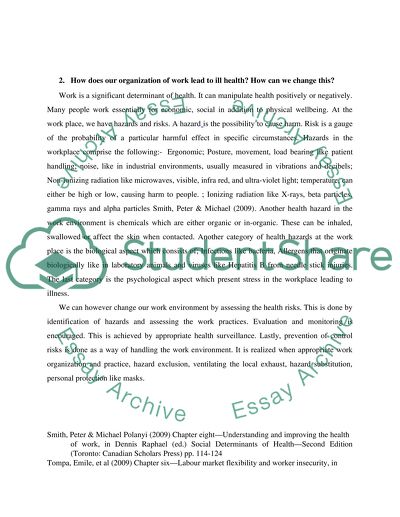Cite this document
(“Economic Inequality and Health Essay Example | Topics and Well Written Essays - 1000 words”, n.d.)
Economic Inequality and Health Essay Example | Topics and Well Written Essays - 1000 words. Retrieved from https://studentshare.org/health-sciences-medicine/1443853-synthesis-of-recommendations
Economic Inequality and Health Essay Example | Topics and Well Written Essays - 1000 words. Retrieved from https://studentshare.org/health-sciences-medicine/1443853-synthesis-of-recommendations
(Economic Inequality and Health Essay Example | Topics and Well Written Essays - 1000 Words)
Economic Inequality and Health Essay Example | Topics and Well Written Essays - 1000 Words. https://studentshare.org/health-sciences-medicine/1443853-synthesis-of-recommendations.
Economic Inequality and Health Essay Example | Topics and Well Written Essays - 1000 Words. https://studentshare.org/health-sciences-medicine/1443853-synthesis-of-recommendations.
“Economic Inequality and Health Essay Example | Topics and Well Written Essays - 1000 Words”, n.d. https://studentshare.org/health-sciences-medicine/1443853-synthesis-of-recommendations.


